Review: The Breadwinner
The Breadwinner takes viewers to a grim, cruel world and delivers a gripping, emotional tale about the power of family, stories, and hope.
The Breadwinner follows A young girl in Taliban-controlled Kabul, Afghanistan circa 2001 must pretend to be a boy to make enough money to support her family. But the glimpse it gives us into the brutality and hopelessness of that war-torn and desperate time and place are unflinching and powerful.
Based on the 2000 novel by Deborah Ellis and directed by Nora Twomey, best known for co-directing The Secret of Kells (2009), the film centers on young Parvana (voiced by Saara Chaudry), the daughter of a teacher who is jailed without recourse by Taliban extremists. With her father gone and strict rules against women being on the streets alone, Parvana cuts her hair and takes on odd jobs to support her injured mother, older sister and toddler brother.
There is no foreseeable future for Parvana or any of the women living under the extremist rule of the sadistic Taliban who routinely beat and terrorizes women for merely being outdoors without a male escort. Her best case scenario is an arranged marriage and life of fear and abuse. Twomey does not downplay or candy-coat any of this and at times the film is uncomfortable to watch, and given the subject matter, it must be. Yet Parvana bravely never gives up hope that she can rescue her father and reunite her family despite the horrifying consequences if she is caught.
Throughout the film, different characters take turns telling a fable about a young prince who must defeat a giant elephant to return life-giving seeds to his village. The story is intended to remind the listener that one must never give up hope, no matter how insurmountable the challenge.
The juxtaposition of the fable to the stark reality of life in Kabul is executed beautifully by Twomey and her team of animators. Parvana’s life in Kabul is presented as a hazy, smudged palate of muted grays and browns. Children play on tanks abandoned on battlefields since the days of the Russian invasion. Yet the fable that intercuts throughout the film is told in glorious, rich color and an elaborate cut-out animation style full of sight gags and jokes that befit a child’s innocent view of what the world can and should be.
This is challenging material for an animated feature film and Twomey very consciously avoids presenting Kabul with the stylistic flourishes and elaborate sequences that audiences are accustomed to in animation, grounding the film in an appropriate sense of reality. The character design, however, is wonderfully stylized and informs the personality of everyone Parvana encounters. From the stoic minimalism of her resigned mother and sister to the skeletal prison guards with rows of bags under their eyes that hint at the horrors they’ve seen, every character is designed to tell their story. Parvana’s main antagonist is a vicious weasel-faced teenaged Taliban with a wispy mustache who may well be one of the most hateable characters in cinema history.
The script is well-crafted and creates and maintains a genuine sense of dread and oppression throughout with moments of true humanity and beauty throughout that remind us that even in the direst of situations, people just want to live their lives. The final climax takes place as the first US fighter jets are beginning their assault on Afghanistan. The stakes for Parvana and her family could not be greater or direr and the tension is palpable. Every moment of the third act is edge-of-your-seat intense and when it’s all over you feel that Parvana’s story is one someone else might tell when all seems lost.

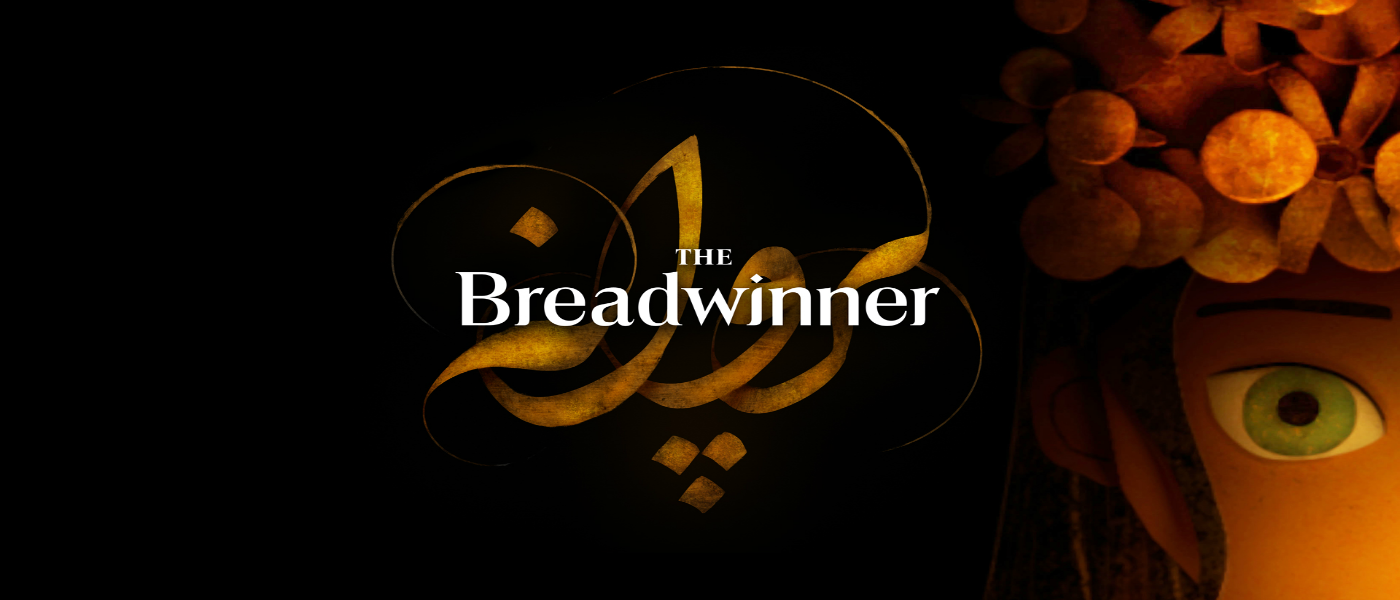
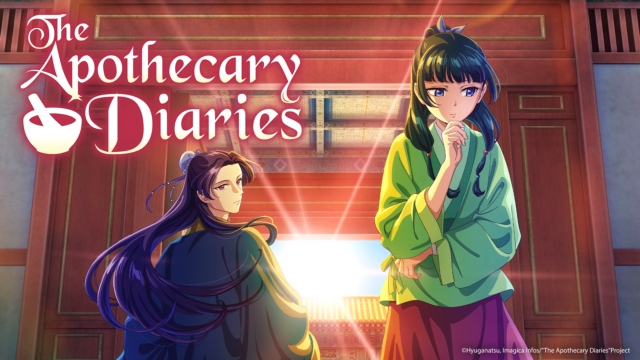

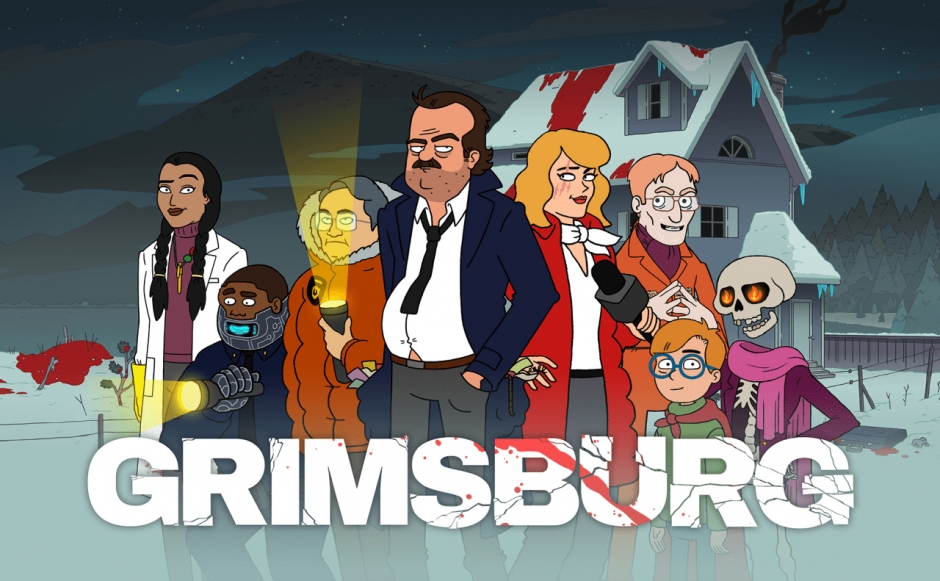
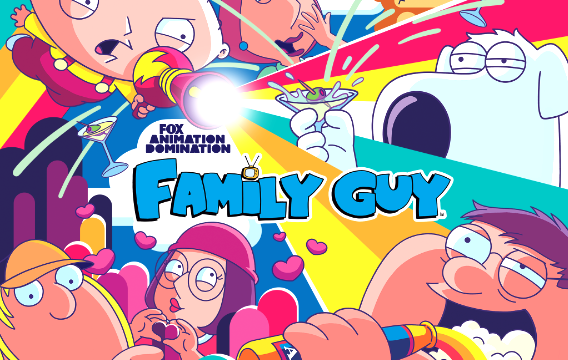




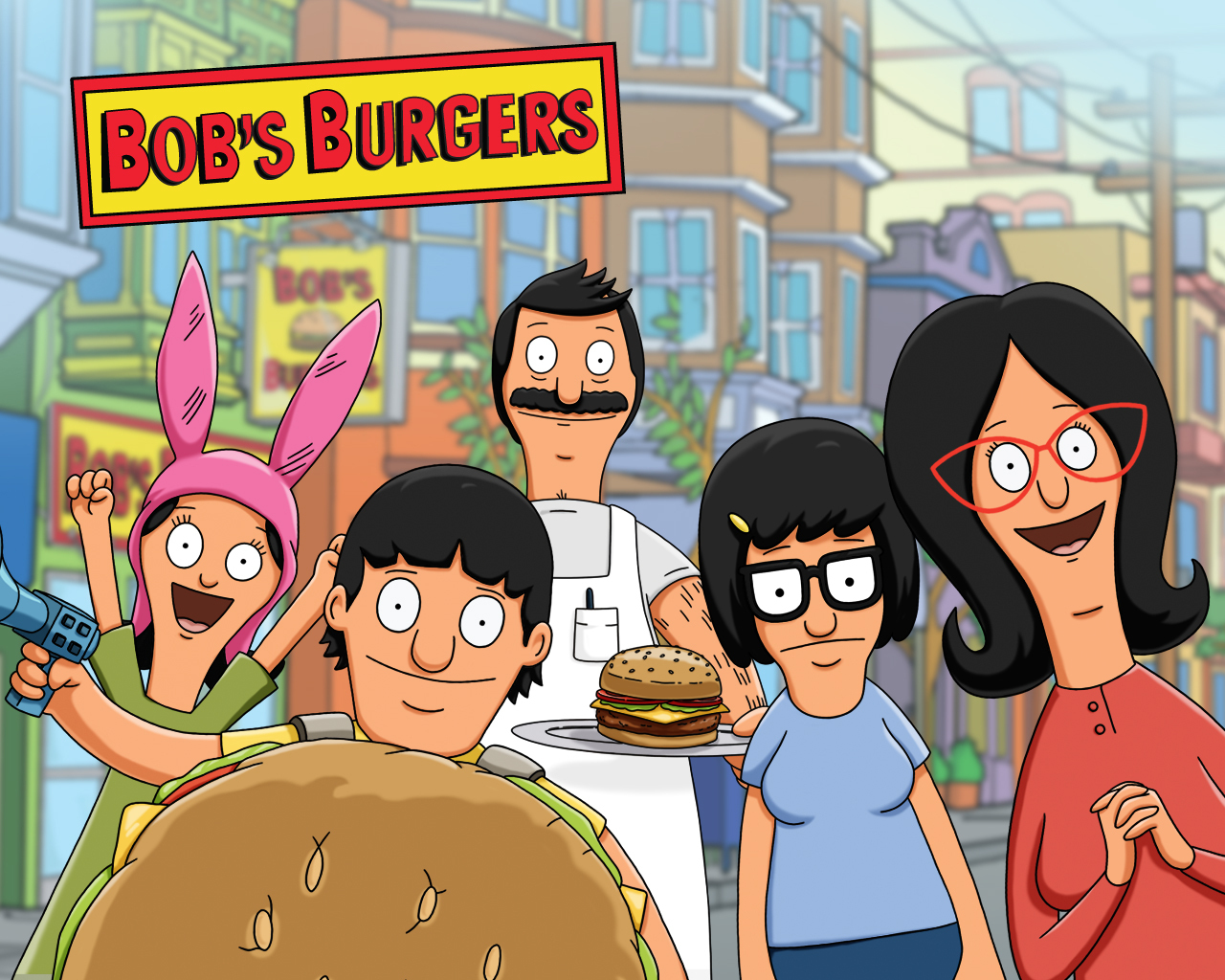







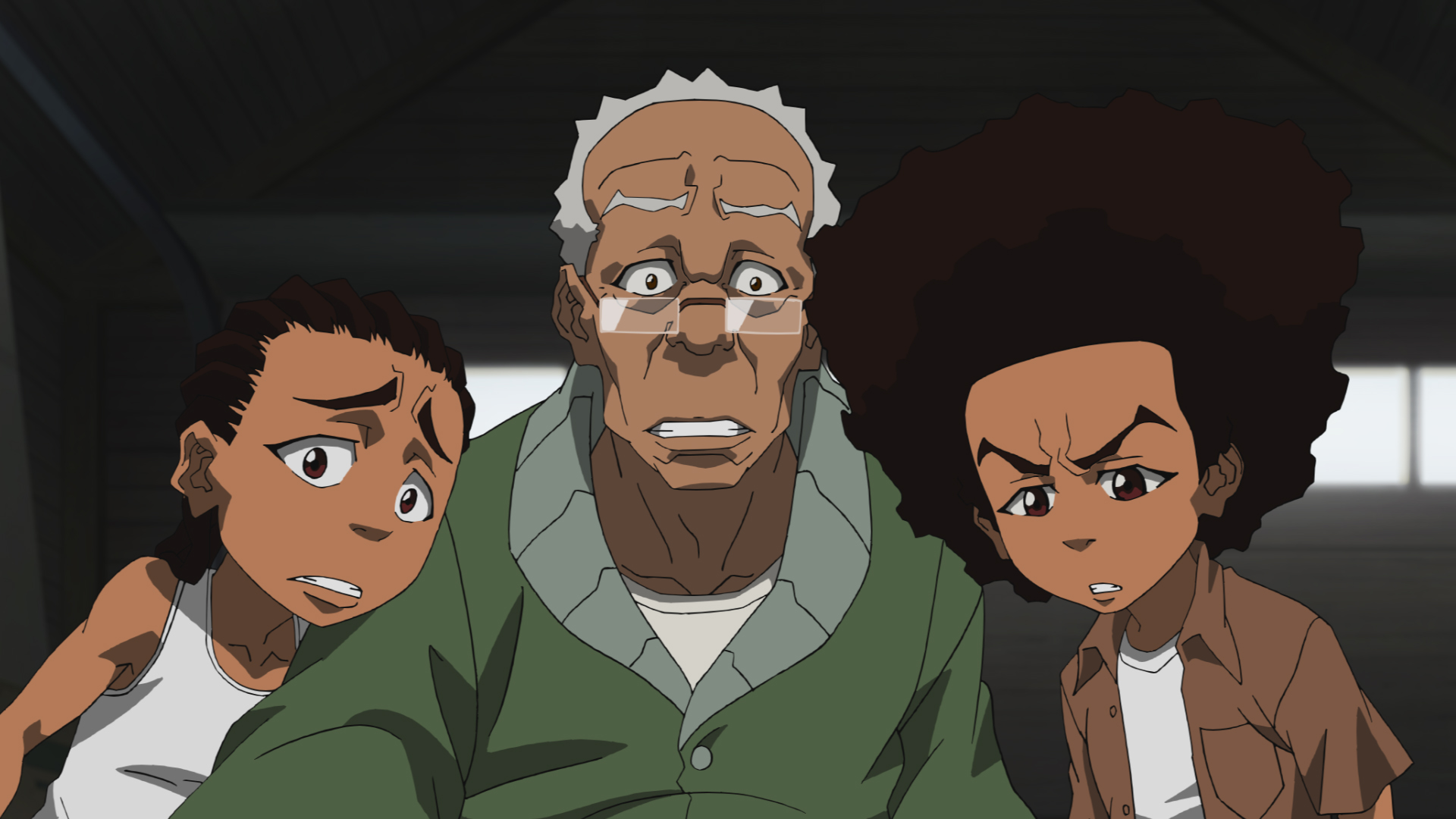





"There are also other characters that come and go (also owned by the Warner Bros. Discovery conglomerate media company)."
Huh. Is that just referring to other characters from the show itself, or is this implying that the new season is going to have cameos from other WBD IPs